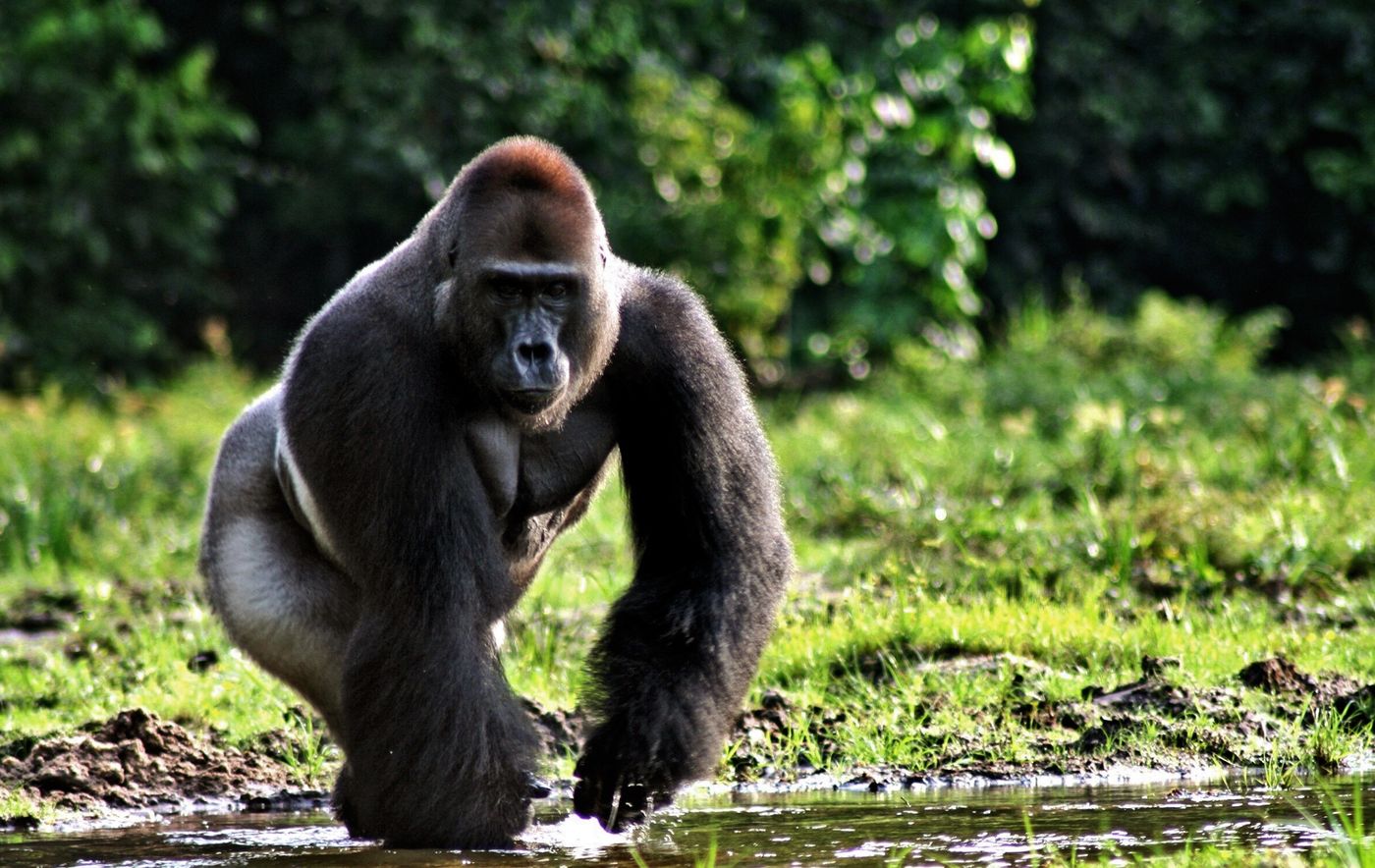How You Should Feel about Endangered Species Day
Many scientists call our current geologic epoch the Anthropocene, which refers to the period during which human activity has been the dominant influence on climate and the environment. Within the Anthropocene, many argue that we are presently undergoing the sixth mass extinction, in which we're losing dozens of species every day.
So, what does it matter if we lose a few (or many species)? Yeah, it’s a shame that your grandchildren might not ever have the chance to see an elephant, but that’s not the reason why preserving species is so imperative. Every species on this planet serves a critical role within some ecosystem and because of that uniqueness, the loss of any singular species has the potential to unravel entire biomes. And the news ain’t looking good right now.
According to the International Union for Conservation of Nature (IUCN) red list, which documents flora and fauna species threatened with extinction, the list of endangered species has more than doubled in the past two decades. The IUCN lists more than 23,000 plant and animal species on the red list, including corals, birds, mammals and amphibians. Of course, that number is actually much larger, but surveying potential threats to every species, known and unknown, is impossible. But the scientists behind the list acknowledge that the number only represents a fraction of the likely number of threatened species, as researchers do not have the bandwidth to assess all the potential threats. In the US, almost 1,500 species are listed as endangered or threatened by the Fish and Wildlife Services (FWS).
To be considered endangered by the IUCN, several criteria are analyzed, including a shrinking population, issues that prevent reproduction and vulnerability of the species' habitat. In the United States, we have a specific law, called the Endangered Species Act (ESA), which classifies threatened species. Species are typically identified through petition or the assessment of the FWS. Over the years since this law was enacted in 1973, the ESA has been 99% successful at preventing extinction. Yet there is worry that the current federal administration is planning on eliminating the act, which would leave vulnerable species with fewer protections.
So, what can you do to help? Endangered Species Day isn’t about making you feel grim and too hopeless to do anything, it’s about inciting you to spur change! Whether it’s educating yourself, your children, or your neighbors about habitat destruction and conservation efforts, celebrating the positive cases, or calling your state representatives and senators to demand protection for species, you CAN make a difference!
Sources: Center for Biological Diversity, Time, FWS









